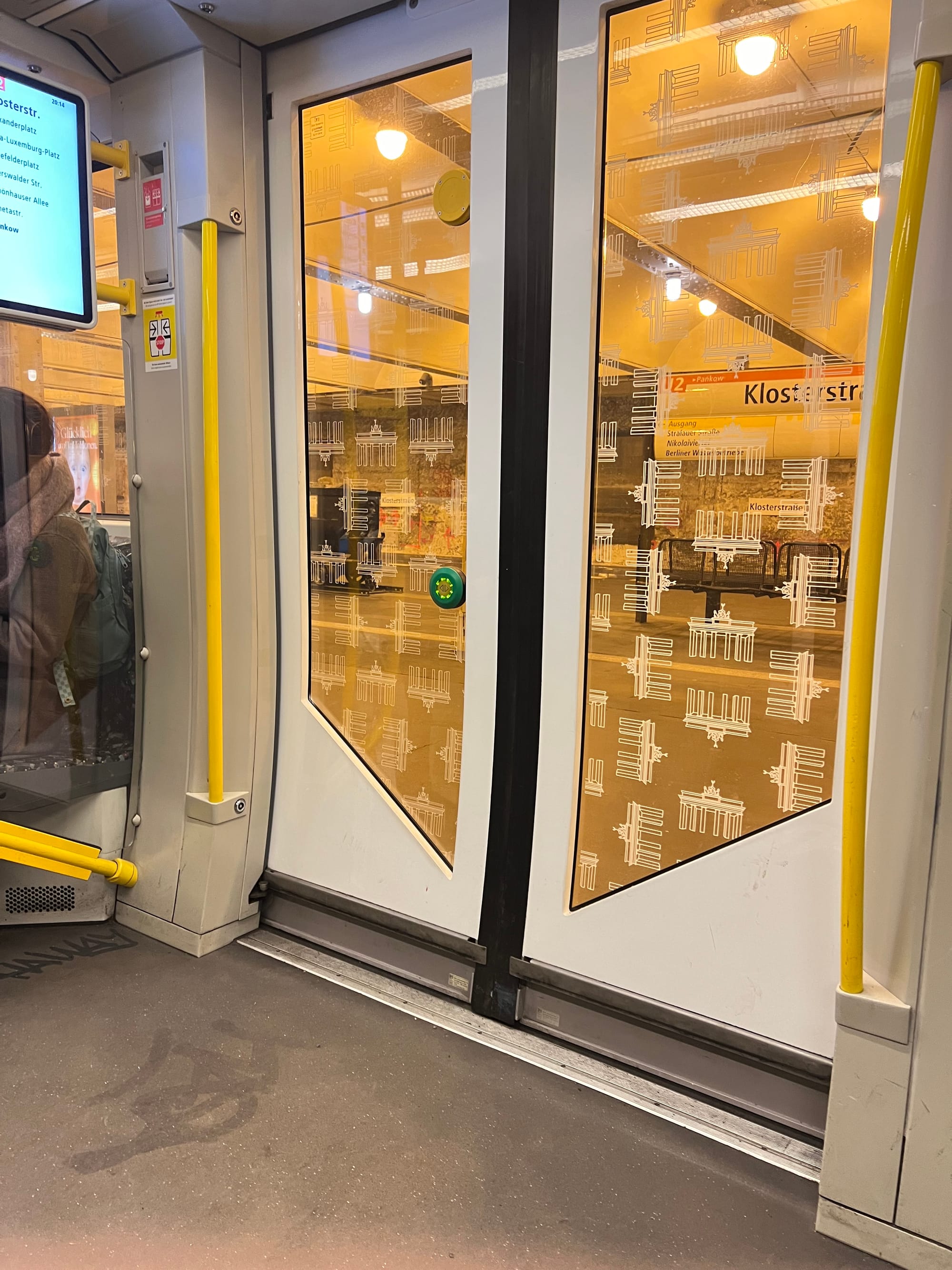Association Veteran Marty Nash Appointed HGAR Interim CEO
Nash has more than 20 years of experience in the Realtor association industry.
When we start talking about quotas, or taking from one and giving to another, we’ve lost sight of what true diversity, equity, and inclusion means.

There is a famous quote by Verna Myers, a leading diversity and inclusion expert, that says, “Diversity is being invited to the party. Inclusion is being asked to dance.”
You may have even seen a popular illustration that shows three people trying to watch a game where there’s a fence. The tall person can see over the fence, and the shortest one cannot. Equality would be giving each one of them one box to stand on. The tallest person is even higher; the middle person can see now, but the smallest person still cannot. Equity would be giving each person what he or she needs. So, the smallest person would get two boxes so they could see. But overall, the best answer is to change the fence, then no one even needs a box.
I traveled to Europe in December with my family, and we did a tremendous amount of walking and utilizing public transportation. I took the below picture of the door on the subway. Similar doors were on the buses. When we pulled up to a stop, a rider would push the button to open the door to exit. As a tall person of 5’10”, I noticed the button was unusually low from my life experience. It was obviously set at a height for those who are differently able. I was sitting on the train, thinking that was a perfect example of diversity, equity, and inclusion.

DEI isn’t about helping some people at the expense of others, but unfortunately, that storyline is getting traction. It’s about removing the barriers for some, such as lowering the door button, which does not take away from those who may be taller, like myself. The beauty is that it serves a multitude of individuals even though the intent was meant for one.
If we come from a scarcity mindset, we might think that someone’s advancement is always to someone’s detriment. As real estate agents, we’ve been taught for decades about “win-win” negotiations and not looking at the outcome as carving up a finite pie, where if one side gets more, the other side must get less. We look to add value to the negotiation. What could help one, such as an extended closing date, might have no negative impact on the other, but yet help the transaction immeasurably.
When we start talking about quotas, or taking from one and giving to another, we’ve lost sight of what true diversity, equity, and inclusion means. Unqualified people should not be placed in jobs they are not competent to fill. But, if we see that some people are never being offered jobs, the question should be, why? Is there a system in place that excludes? Are there barriers that are systemic that the people who created the system don’t even see? DEI is about being open to the possibility that not everybody needs the same thing to get to the same place where they can even be considered for the job or place in the program, etc. It’s not only about being sure everyone is welcome to apply but, also about being valued once they get inside.
How do we do all that? First, we should be aware that every one of us has a unique and limited view shaped by our personal experience up to that point. Our upbringing, society, media, education, work, background, and so much more affect us. Catch yourself in your implicit bias and ask yourself why you think that. (Like when I say “he” when referring to a fictional home builder). Expanding your exposure and experiences to new people and places different from you will help. Learning more about others and different cultures and backgrounds is a good step forward.
Katheryn DeClerck is a member of the Hudson Gateway Association of Realtors DEI At-Large Committee.
Receive original business news about real estate and the REALTORS® who serve the lower Hudson Valley, delivered straight to your inbox. No credit card required.